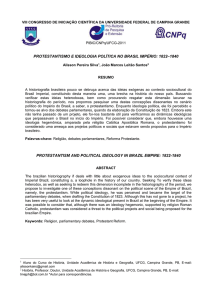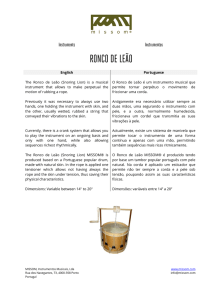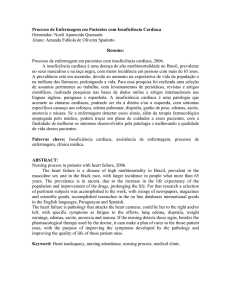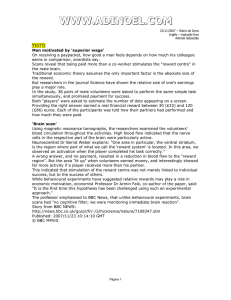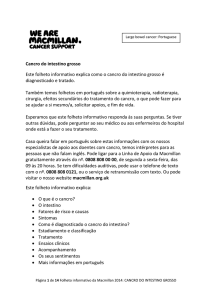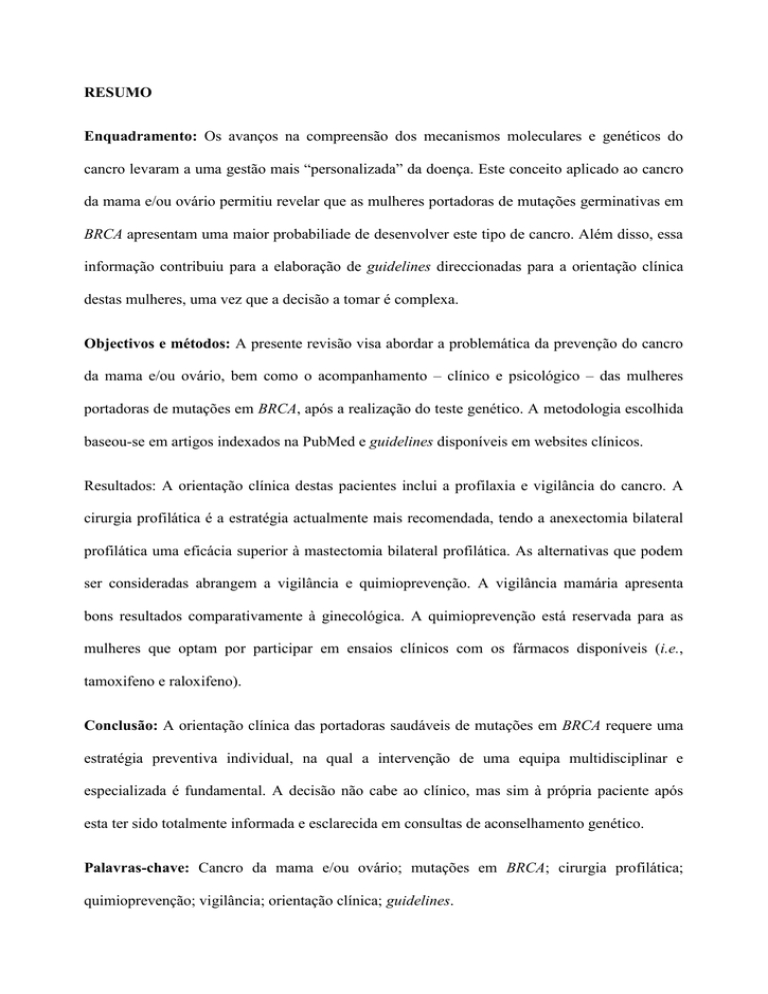
RESUMO
Enquadramento: Os avanços na compreensão dos mecanismos moleculares e genéticos do
cancro levaram a uma gestão mais “personalizada” da doença. Este conceito aplicado ao cancro
da mama e/ou ovário permitiu revelar que as mulheres portadoras de mutações germinativas em
BRCA apresentam uma maior probabiliade de desenvolver este tipo de cancro. Além disso, essa
informação contribuiu para a elaboração de guidelines direccionadas para a orientação clínica
destas mulheres, uma vez que a decisão a tomar é complexa.
Objectivos e métodos: A presente revisão visa abordar a problemática da prevenção do cancro
da mama e/ou ovário, bem como o acompanhamento – clínico e psicológico – das mulheres
portadoras de mutações em BRCA, após a realização do teste genético. A metodologia escolhida
baseou-se em artigos indexados na PubMed e guidelines disponíveis em websites clínicos.
Resultados: A orientação clínica destas pacientes inclui a profilaxia e vigilância do cancro. A
cirurgia profilática é a estratégia actualmente mais recomendada, tendo a anexectomia bilateral
profilática uma eficácia superior à mastectomia bilateral profilática. As alternativas que podem
ser consideradas abrangem a vigilância e quimioprevenção. A vigilância mamária apresenta
bons resultados comparativamente à ginecológica. A quimioprevenção está reservada para as
mulheres que optam por participar em ensaios clínicos com os fármacos disponíveis (i.e.,
tamoxifeno e raloxifeno).
Conclusão: A orientação clínica das portadoras saudáveis de mutações em BRCA requere uma
estratégia preventiva individual, na qual a intervenção de uma equipa multidisciplinar e
especializada é fundamental. A decisão não cabe ao clínico, mas sim à própria paciente após
esta ter sido totalmente informada e esclarecida em consultas de aconselhamento genético.
Palavras-chave: Cancro da mama e/ou ovário; mutações em BRCA; cirurgia profilática;
quimioprevenção; vigilância; orientação clínica; guidelines.
ABSTRACT
Background: Advances in understanding molecular and genetic mechanisms of cancer have led
to an "individualized" management of the disease. This concept applied to breast and/or ovarian
cancer has revealed that women with BRCA germ-line mutations have a higher risk on the
development of this type of cancer. Furthermore, this information contributed to the
development of guidelines projected for the clinical orientation of these women, considering that
the decision is complex.
Objectives and methods: This review aims to address the problematic of preventing breast
and/or ovarian cancer, as well as the monitoring - clinical and psychological - of women with
BRCA mutations, after concluding the genetic testing. The methodology chosen was based on
articles indexed in PubMed and guidelines available on clinic websites.
Results: The clinical orientation of these patients includes cancer prophylaxis and surveillance.
Prophylactic surgery is currently the most recommended strategy, with prophylactic bilateral
salpingo-oophorectomy having a superior efficacy compared to bilateral prophylactic
mastectomy. Other alternatives include surveillance and chemoprevention. Breast surveillance
yields good results compared to gynaecologic surveillance. Chemoprevention is reserved for
women who choose to join clinical trials with the available drugs (i.e. tamoxifen and raloxifene).
Conclusions: A clinical practice guideline of healthy carriers of BRCA mutations requires an
individual preventive strategy, in which the intervention of a multidisciplinary and specialist
team is crucial. The decision is not the physician responsibility, but the patient herself after
being fully informed and enlightened on genetic counselling.
Key-words: breast
and/or ovarian cancer; BRCA mutations; prophylactic surgery,
chemoprevention; surveillance; clinical management; guidelines.


